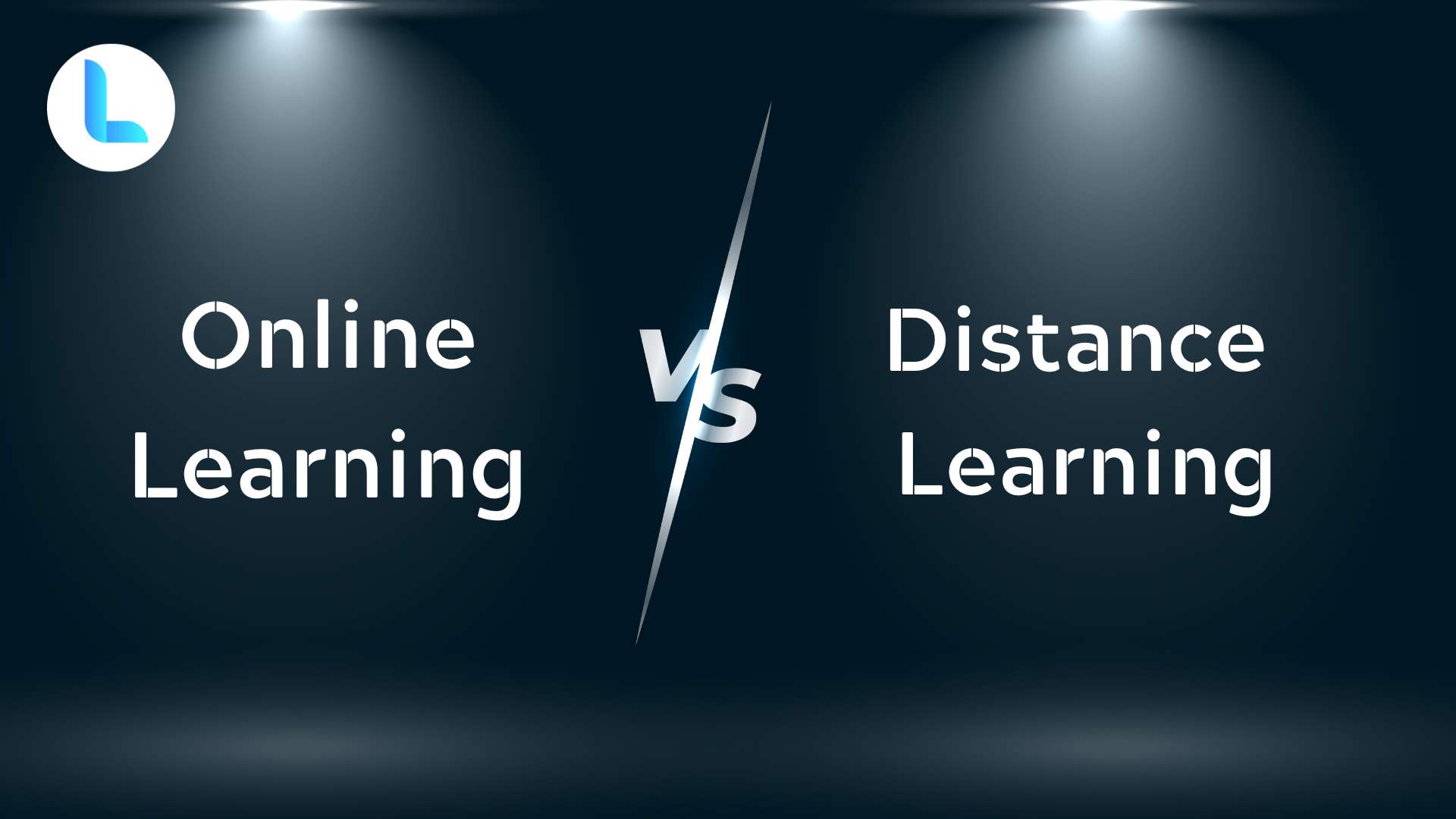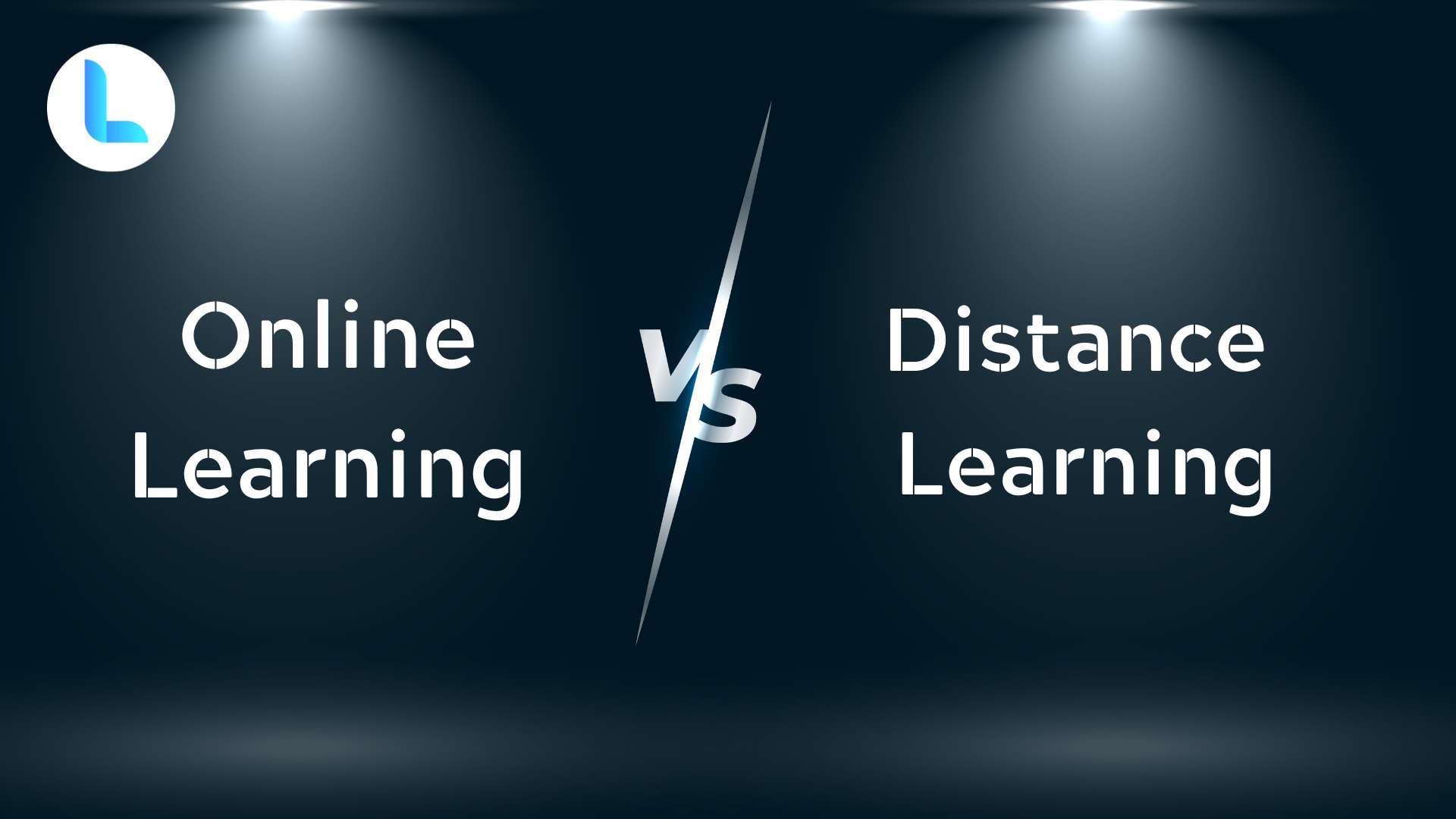ONLINE VS. DISTANCE LEARNING
Let's Break It Down!
Hey there, fellow learners! Today, we're exploring the fascinating world of online and distance learning. Despite their similarities, some key distinctions can have a significant impact on your educational path. So, grab your coffee or tea, find a comfy spot, and let's have a chat about it!
Defining the Terms:
First things first, let's clarify what online and distance learning means.
Online Learning:
This is probably the more familiar term. Online learning happens on the internet, where you use digital tools to interact with instructors and classmates. Think of it as a virtual classroom where you can participate in discussions, ask questions, and submit assignments remotely.
Distance Learning:
Now, distance learning is a bit of an old-school cousin of online learning. It's like the OG of remote education. Course materials in distance learning are sent through mail, email, or other non-face-to-face methods. You have the freedom to work through the materials at your own pace and communicate with instructors through correspondence.
The Big Differences:
1)Interaction with instructors and peers:
Online Learning: Online classes allow for more direct interaction with instructors and peers. You can join live video lectures, participate in discussion forums, and email your instructors with questions. It's like being in a real classroom but without the commute!
Distance Learning: Distance learning, on the other hand, can be a bit more solitary. You often communicate with instructors through written correspondence or email, and your interactions with peers are limited if they exist at all.
2)Flexibility:
Online Learning: Online learning offers a good balance between structure and flexibility. You'll have deadlines to meet, but you can often choose when to study and complete assignments. It's great for those who need some structure but also some freedom.
Distance Learning: Distance learning is usually more self-paced. You have control over when you study and how quickly you progress through the course. This can be awesome if you're a self-disciplined learner but challenging if you tend to procrastinate.
3)Technology and Resources:
Online Learning: You'll need a reliable internet connection and a computer or device to access your online courses. It's also common to use various software and tools, which can help enhance the learning experience.
Distance Learning: While you might not need a high-speed internet connection, you'll rely more on printed materials, which can be delivered by mail. This can be a bit old-school in our digital age, but it's still effective.
4)Support and Assistance:
Online Learning: Online programs offer support services like tech support, tutoring, and academic advising. You're just a few clicks away from getting the help you need.
Distance Learning: Support in distance learning might be a bit more limited. You'll need to be self-reliant and resourceful, especially if you run into any technical issues or need academic guidance.
The Pros and Cons:
So, which one is better? Well, that depends on your preferences, lifestyle, and learning style.
Online Learning Pros:
➢More interaction with instructors and peers
➢A good mix of structure and flexibility
➢Access to various digital resources
Online Learning Cons:
➢Reliance on technology and a stable internet connection
➢Potential distractions at home
Distance Learning Pros:
➢Self-paced learning
➢No need for constant internet access
➢Can be a great option for those in remote areas
Distance Learning Cons:
➢Limited interaction with instructors and peers
➢Self-discipline is crucial
➢Potential delays in receiving course materials
In Conclusion:
Online and distance learning both have their merits and drawbacks, and you can explore the best online courses with certificates to suit your individual needs. The choice between them comes down to your access to technology and your level of self-discipline. No matter which path you choose, remember that learning is a journey, and you have the power to make it work for you.
So, what's your take? Are you more of an online or distance learning enthusiast? Join the conversation at The Learnyn by sharing your thoughts and experiences in the comments. Discover the best online classes and certificate courses to enhance your learning journey.


